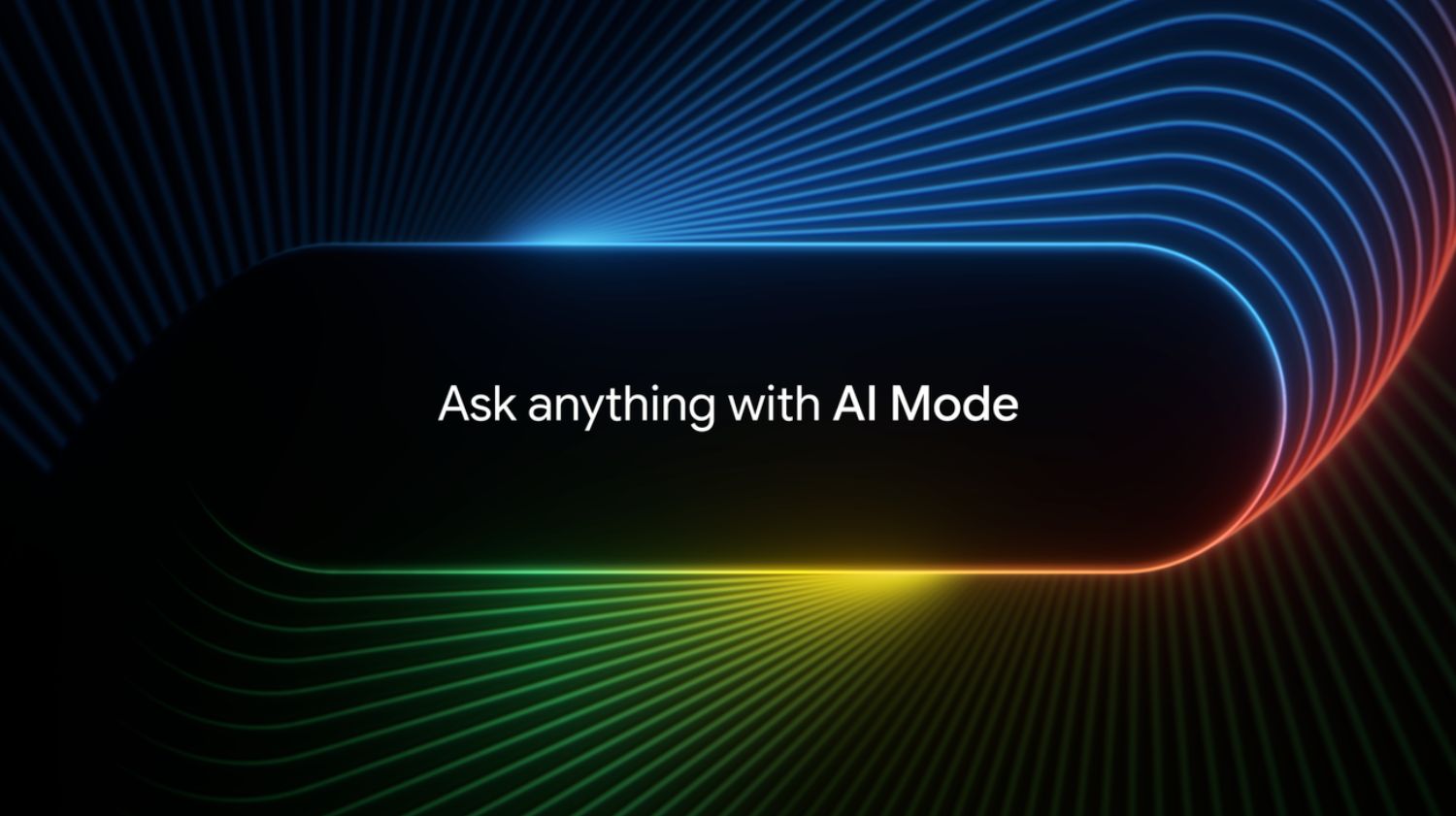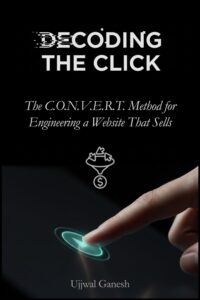Your website has one primary job: to connect you with customers. You spend time and money driving traffic, crafting the perfect message, and showcasing your products. But then, when a potential customer is finally ready to reach out, they hit a wall. There’s no clear phone number, no obvious email address, no simple way to get in touch.
You’ve built a fortress with no door.
This “silent disconnect” is one of the most common and damaging mistakes a business can make online. Hiding your contact information isn’t just an oversight; it’s a massive red flag that destroys trust, kills leads, and tells both users and search engines that you might not be a legitimate business at all. In fact, 44% of website visitors will leave a site immediately if there is no phone number or contact information.
As a website strategist focused on turning digital platforms into profit centers, I’m here to tell you that your contact page is one of your most critical conversion tools. Let’s build one that actually works.
The High Cost of Being Unreachable
Making a customer hunt for your contact details is a guaranteed way to lose them. The consequences are severe and multifaceted.
- It Eradicates Trust Instantly: In an era of digital skepticism, transparency is everything. A missing phone number or a hidden contact page makes your business look shady and untrustworthy. It breaks the user’s confidence at the most critical moment.
- It Harms Your SEO: A clear, consistent NAP (Name, Address, Phone Number) is a foundational signal for Local SEO. As Google’s Search Advocate John Mueller has stated, having clear contact information is a significant sign of a site’s quality and trustworthiness (E-E-A-T). If Google can’t verify who you are and where you are, it will be hesitant to rank you in local search results.
- It Directly Kills Conversions: The math is simple. If interested prospects can’t reach you, they can’t become customers. That lead you just paid for with an expensive ad click? They’re now on your competitor’s website, filling out their contact form.
The Anatomy of a High-Trust Contact Page
A great contact page is more than just an email link. It’s a comprehensive, user-friendly hub designed to make communication effortless.
- Make It Impossible to Miss: Your “Contact” link should be in your main navigation menu on every single page. Furthermore, your phone number and email should be present in your website’s footer. Don’t make people look for it.
- Provide Multiple Channels: People have different communication preferences. Cater to them all.
- Phone Number: Display it clearly, and on mobile, ensure it’s a
tel:link so users can simply tap to call. - Professional Email Address: Use an address with your domain (e.g.,
info@yourbusiness.com) to build credibility. - Physical Address & Embedded Map: For local businesses, a physical address and an embedded Google Map are essential for both customer trust and local SEO.
- Business Hours: Clearly state your hours to manage expectations and prevent frustration.
- Phone Number: Display it clearly, and on mobile, ensure it’s a
- Perfect Your Contact Form:
- Keep It Short: Only ask for what is absolutely essential. Studies consistently show that forms with five or fewer fields have the highest conversion rates.
- Use a Compelling Call-to-Action (CTA): Replace the generic “Submit” button with action-oriented, value-driven text like “Get My Free Quote” or “Schedule My Consultation.”
- Set Expectations: After a user submits the form, don’t just leave them hanging. Redirect them to a thank-you page or display a message that says, “Thanks for reaching out! We’ll be in touch within 24 hours.”
The New Frontier: From Contact Page to Conversation Engine
User expectations have shifted from static contact to instant conversation. Your website must evolve to meet them.
- The Rise of Live Chat: Modern consumers demand immediacy. Integrating live chat has been shown to dramatically increase leads. One study found that live chat can boost website conversions by as much as 45%. It provides instant support, answers questions in real-time, and builds confidence during the buying process.
- The 24/7 Assistant (AI Chatbots): AI-powered chatbots can now handle common customer queries, qualify leads, and schedule appointments around the clock, freeing up your team and ensuring no lead is ever lost.
- The Voice Search Connection: With 55% of consumers using voice search to find local businesses, it’s crucial that your contact information is perfectly structured for voice assistants. When a user asks, “Hey Siri, what’s the phone number for [Your Business]?”, the answer is pulled directly from the clean, consistent data in your Google Business Profile and website.
Open the Door to Your Customers
Your contact page isn’t just a utility; it’s a promise. It’s the promise that you are a real, reachable, and trustworthy business ready to solve a customer’s problem. By making it effortless for customers to connect with you through multiple channels, you don’t just generate more leads—you build the foundation for lasting customer relationships.













